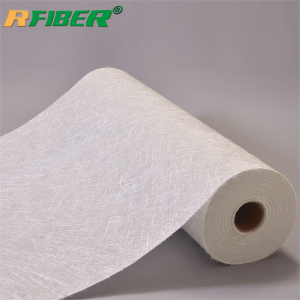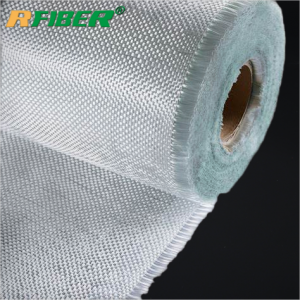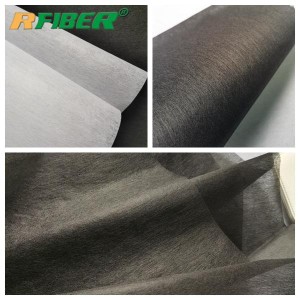Materials used in pipelines 2 – Reinforcing, Insulating, and Waterproofing Solutions!
Introduction: In the dynamic pipeline industry, the choice of materials plays a crucial role in ensuring the operational efficiency, longevity, and safety of pipeline systems. At our esteemed company, we offer a comprehensive range of high-quality materials specifically designed for pipeline applications. From laid scrim and polyester netting to PET film, BOPP film, fiberglass roving, chopped strand mat, fiberglass mesh, fiberglass tissue, reinforced non-woven fabric, spunbond non-woven fabric, spunlace non-woven fabric, and chemical bond non-woven fabric, our products excel in providing enhanced reinforcement, insulation, and waterproofing capabilities. Read on to discover the essential features, applications, advantages, and unique properties of each material.
- Highlight the features of chopped strand mat, such as its uniform distribution, excellent bonding properties, and ease of installation.
- Discuss its application in providing added strength, impact resistance, and dimensional stability to pipelines, preventing cracking, splitting, and deformation.
- Explain how chopped strand mat acts as a reinforcement layer during pipeline construction, improving structural reliability and longevity.
- Describe the reinforcing capabilities of fiberglass mesh and tissue, providing increased strength and stability to pipelines.
- Explain their applications in crack prevention, absorption of stress-related deformities, and the prevention of water infiltration.
- Emphasize their significance in enhancing the overall performance and durability of pipelines, even under challenging environmental conditions.
- Discuss the unique properties of reinforced non-woven fabric, such as its high tensile strength, dimensional stability, and resistance to tearing and stretching.
- Explain its application in pipeline wrapping, as it provides an additional layer of reinforcement, preventing damage and extending the lifespan of pipelines.
- Highlight the cost-effectiveness of using reinforced non-woven fabric, as it reduces the need for frequent repairs and ensures long-term performance.
Spunbond, Spunlace, and Chemical Bond Non-Woven Fabric:
- Differentiate between spunbond, spunlace, and chemical bond non-woven fabric, highlighting their respective properties and manufacturing processes.
- Discuss their applications in pipeline insulation, filtration, and protection against environmental influences.
- Explain how these non-woven fabrics contribute to enhancing the efficiency, safety, and durability of pipelines.
Conclusion: In the ever-evolving pipeline industry, the choice of materials is paramount. With our comprehensive range of products, including laid scrim, PET film, BOPP film, fiberglass roving, chopped strand mat, fiberglass mesh, fiberglass tissue, reinforced non-woven fabric, spunbond non-woven fabric, spunlace non-woven fabric, and chemical bond non-woven fabric, we provide exceptional reinforcement, insulation, and waterproofing solutions. Trust our high-quality materials to optimize your pipeline systems, ensuring superior performance, longevity, and reliability. Contact us today to explore the possibilities and discuss your specific requirements.



